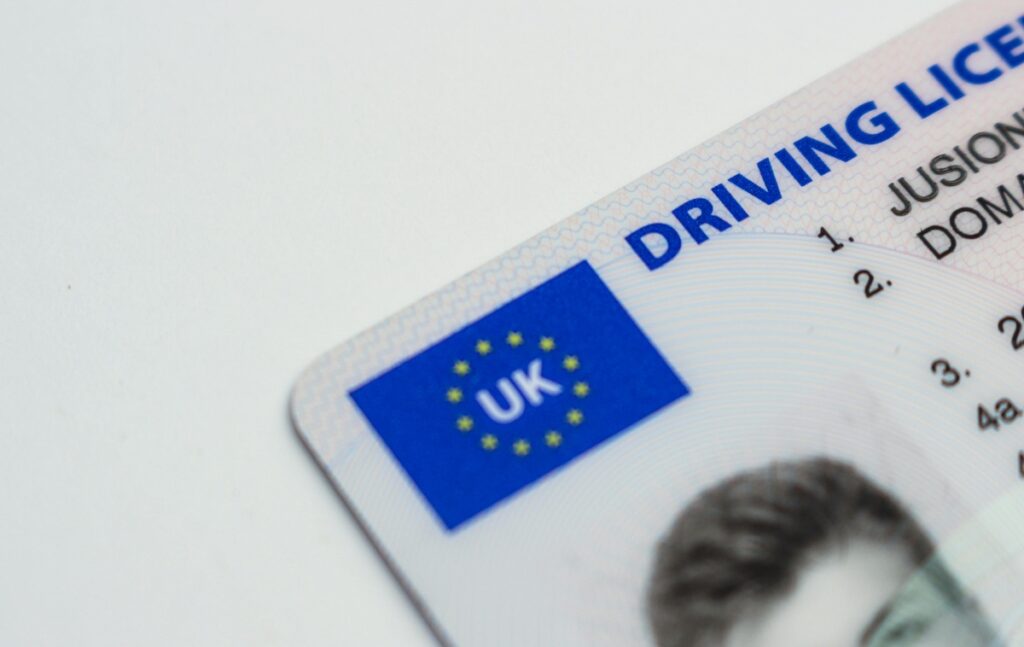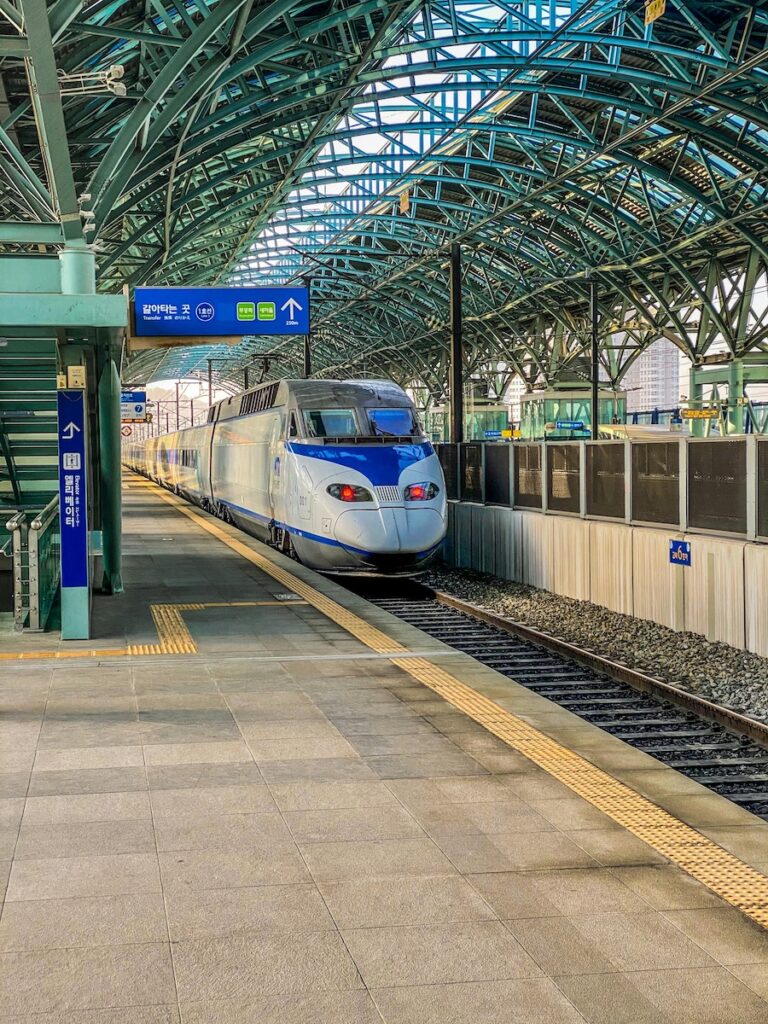Korea is known for its fast, clean, and incredibly efficient public transportation system.
Whether you’re a traveler in Seoul or a long-term resident in Busan, knowing how to use subways, buses, and T-money cards is essential.
In this comprehensive 2025 guide, we’ll walk you through everything a foreigner needs to know about getting around Korea using public transportation, including:
- How to use the subway and buses
- What a T-money card is and where to get one
- Real-time navigation apps
- Tips for avoiding rush hour
- Costs and fare systems
- Etiquette and cultural dos & don’ts
Let’s dive in!
🗺️ 1. Why Korea’s Public Transportation Is So Good
Korea’s transit system ranks among the best in the world. In fact, cities like Seoul, Busan, and Daegu have subways that are:
- Punctual: Trains and buses are rarely late
- Affordable: A single ride costs less than $1.50
- Connected: You can get almost anywhere without a car
- Safe: Security cameras and staff on duty at major stations
- Clean: No eating allowed = no mess
💡 Bonus: Many subway stations have air conditioning, Wi-Fi, and even underground malls!
🚇 2. How to Use the Subway in Korea
Major Subway Systems:
City Subway Lines
| Seoul | 23+ lines (including regional) |
| Busan | 6 lines |
| Daegu | 3 lines |
| Daejeon | 1 line |
| Gwangju | 1 line |
| Incheon | Connected with Seoul system |
How to Ride:
- Buy a T-money card (or a compatible IC card)
- Tap in at the gate using your card
- Transfer if needed (within 30 minutes, it’s usually free)
- Tap out when you exit
Subway signs are in Korean, English, Chinese, and Japanese, and platforms have directional arrows. Trains arrive every 2–5 minutes during rush hour.
🚨 Avoid riding between 7:30 AM – 9:00 AM and 6:00 PM – 8:00 PM unless you like crowds!
🚌 3. How to Use the Bus in Korea
Types of Buses in Seoul:
- Blue buses (간선): Long routes, connect outer and inner city
- Green buses (지선): Local neighborhood loops
- Yellow buses (순환): Circles around major districts
- Red buses (광역): Express routes to suburbs
How to Ride:
- Wait at designated bus stops
- Tap your T-money card when entering and exiting
- Press the red “Stop” button before your destination
🧭 Screens inside the bus show upcoming stops in English. Most drivers do not speak English, but the system is easy to follow.
💳 4. What is a T-money Card?
A T-money card is a rechargeable transportation card used across Korea for subways, buses, taxis, and even some convenience stores.
Where to Buy:
- Convenience stores (GS25, CU, 7-Eleven)
- Subway stations
- Airports (Incheon, Gimpo)
How to Recharge:
- At subway vending machines
- At convenience stores (minimum ₩1,000 per recharge)
T-money costs about ₩3,000 to purchase. You can load it with cash (₩10,000~₩50,000 is standard for a week).
💡 Use the same card when transferring between subway → bus or bus → subway for automatic fare discounts!
💰 5. Fares and Transfers
| Subway (Seoul) | ₩1,250 (up to 10km) |
| Bus (Seoul) | ₩1,200 (local), ₩2,400 (express) |
| Taxis | ₩4,800~ base fare |
Transfers between buses and subway are free up to 4 times within 30 minutes.
📲 6. Must-Have Apps for Navigation
Foreigners can navigate Korean transportation like locals using these free apps:
- Naver Map
- Real-time subway/bus info
- Best for English instructions
- Kakao Map
- Walking + transit route planner
- Subway Korea
- Fast and offline-friendly
- KakaoMetro
- Best for subway-only users
- Kakao T
- Call a taxi in English!
These apps offer multilingual support (EN/CH/JP) and provide alerts for transfers and walking directions.
🤝 7. Etiquette Tips on Korean Transit
- 🎧 Keep your voice low: Koreans prefer quiet rides
- 🧓 Give up priority seats for seniors, pregnant women, or disabled persons
- 🧼 No eating or drinking inside the subway or bus
- 📱 Avoid phone calls, use texting or headphones
- 📸 Photography is okay but don’t photograph strangers without permission
🧳 8. Taking Public Transit from the Airport
From Incheon International Airport (ICN):
- Airport Railroad Express (AREX): Non-stop train to Seoul Station (~40 min)
- Limousine Buses: Comfortable seats, drops you near major hotels
- Subway Line 9 or Line 1: Cheaper, slower option
🧳 T-money cards are available at airport convenience stores or vending machines.
🏷️ 9. Discounts for Students & Seniors
- Students with Korean student IDs may get fare discounts
- Seniors (65+) ride subways for free
- Children under 6 also ride free with a parent
If you’re staying long-term, ask about registering your T-money card for discounts at a subway station.
🏙️ 10. City-to-City Travel
Use KTX (high-speed rail) or Express Bus Terminals for intercity travel.
- KTX: Seoul → Busan in under 3 hours
- Express Bus: Cheaper, more flexible
- Korail Pass: Special foreigner-only ticket for unlimited train rides over several days
You can pay for most tickets online via Let’s Korail, Trazy, or even at vending machines with English menus.
Final Thoughts: Your Korean Commute, Simplified
Whether you’re heading to class, work, or exploring Korea’s hidden gems, public transportation makes everything easier.
It’s affordable, safe, and surprisingly tourist-friendly.
As a foreigner in Korea, your T-money card becomes your best friend — just charge it, tap it, and go.
With helpful apps and English signage everywhere, you’ll feel like a local in no time.

